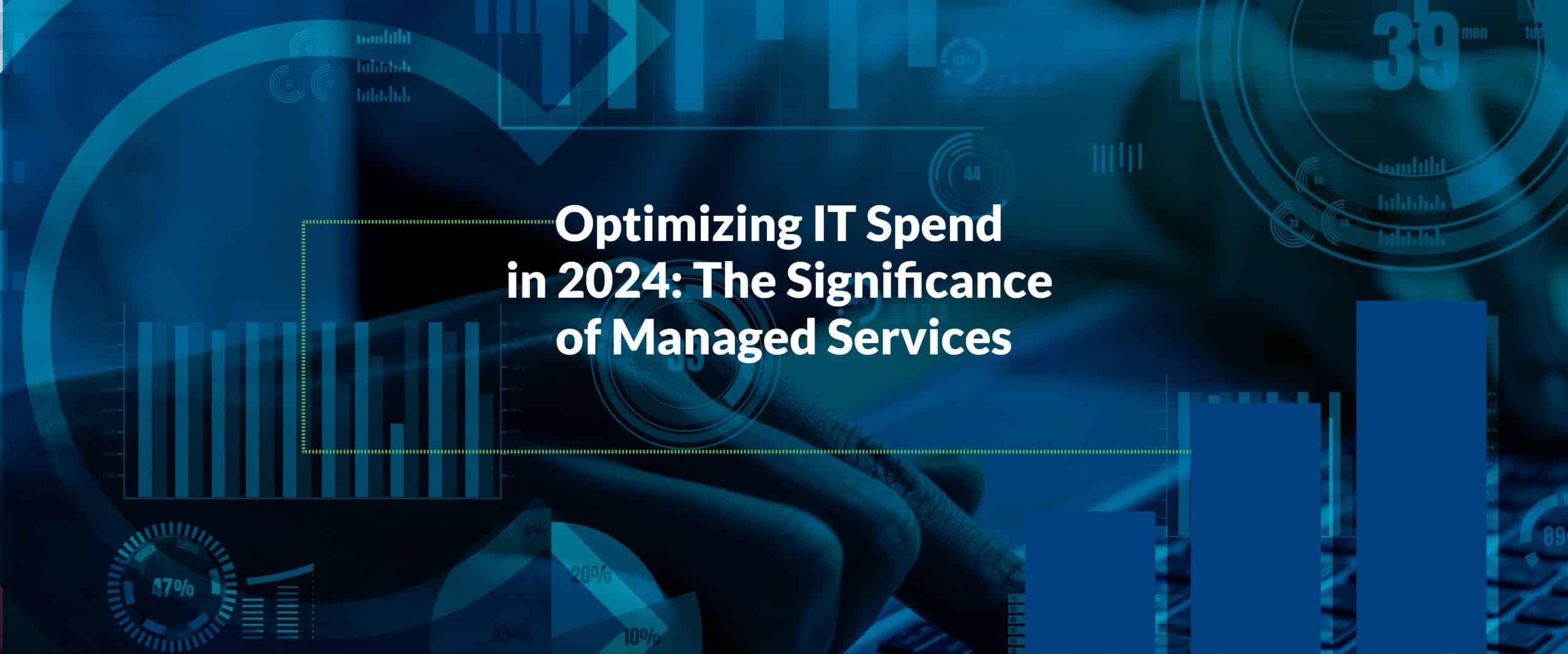While technologies and business demands are expanding, efficient IT management is crucial for ensuring seamless operations and maximizing productivity. However, with the increasing costs associated with in-house IT infrastructure and maintenance, organizations are seeking cost-effective solutions to optimize their IT spending. Managed services have emerged as the suitable alternative, offering a comprehensive approach to IT management while reducing expenses and enhancing overall IT effectiveness. In this article we are addressing the topic and sharing helpful insights for businesses who would like to take advantage of such to boost efficiency and ROI.
Understanding the Cost Drivers of IT
IT expenses can be broadly categorized into three main areas:
- Hardware Investments: Computers, servers, networking equipment, and other hardware components form the backbone of any IT infrastructure. While essential for business operations, these investments can accumulate significantly over time.
- Software Costs: Software licenses, subscriptions, and ongoing maintenance fees contribute significantly to the overall IT budget. Managing and renewing these software licenses can be time-consuming and costly.
- Human Resources: Employing and maintaining an in-house IT team to manage, troubleshoot, and upgrade IT systems can be a significant financial burden. Salaries, benefits, and training expenses can quickly escalate, as well
Hidden Costs of In-House IT Management
In addition to the direct costs mentioned above, there are often hidden costs associated with managing IT in-house. These include:
- Lost Productivity: Time spent by employees resolving IT issues or waiting for IT support disrupts their work and reduces productivity. Moreover, it can sometimes worsen the situation if an organization’s internal team is not prepared or trained on current trends or threats in cyberspace.
- Emergency Response: Unplanned downtime or hardware failures can lead to urgent IT interventions, often at premium rates.
- Inability to Adapt to Change: Lack of specialized expertise and knowledge of emerging technologies can hinder an organization’s ability to adapt to evolving IT trends and its flexible response to external business environment.
Key IT Trends in 2024 and the Impact on Managed Services
The IT landscape is constantly evolving, with emerging technologies such as artificial intelligence (AI), cloud computing, and cybersecurity playing a key role in business operations. Managed service providers (MSPs) have adapted to these trends, offering specialized services tailored to the needs of their clients:
- AI-Powered IT Operations: MSPs leverage AI-driven tools for proactive IT monitoring, anomaly detection, and automation, reducing downtime and improving efficiency.
- Cloud-Native Solutions: MSPs assist organizations in migrating to cloud platforms, leveraging cloud-based infrastructure and services to optimize costs and enhance scalability.
- Advanced Cybersecurity: MSPs provide comprehensive cybersecurity solutions, including threat detection, incident response, and data protection measures, to safeguard sensitive IT assets. One of the key trends here will be CTEM. Continuous Threat Exposure Management (CTEM) offers a practical and systematic strategy for optimizing cybersecurity. This approach achieves a well-balanced integration of diagnosis and action, encompassing scoping, discovery, prioritization (determining the most critical threats), validation, and mobilization (implementing appropriate measures to counteract or minimize the impact of a threat).
- Cloud cost optimization: In 2023, enterprises have prioritized cost optimization due to economic challenges and constrained budgets. Despite some easing factors like inflation, industry executives anticipate organizations will remain vigilant in managing their IT investments.
Security Concerns
Security is a major concern for any organization, and managed services providers play a crucial role in mitigating and addressing cybersecurity risks. Reputable MSPs implement robust security protocols, conduct regular vulnerability assessments, and provide ongoing threat monitoring to safeguard their clients’ IT infrastructure.
The Benefits of Managed IT Services
Organizations that adopt managed IT services often reap numerous benefits, including:
Reduced IT Staff Requirements
By outsourcing IT management, companies can significantly reduce the need for in-house IT personnel, freeing up valuable resources for core business activities.
Improved Efficiency and Productivity
Managed service providers possess specialized expertise and experience, ensuring that IT systems are optimized for efficiency and productivity.
Scalable IT Solutions
MSPs can seamlessly scale IT infrastructure to meet fluctuating business needs, ensuring that organizations have the resources they need to grow.
Reduced Downtime and Risk
Managed service providers enable proactive maintenance and monitoring, minimizing downtime and mitigating the risk of costly IT failures.
Choosing the Right Managed Service Provider
In the end, one of your most important decisions is related to selecting a reputable managed service provider, which is crucial to ensure successful IT management and cost optimization. Key factors to consider include:
- Reputation and Experience: Choose an MSP with a proven track record of providing high-quality IT services and a deep understanding of your industry and specific needs.
- Competency and Expertise: Ensure the MSP has the necessary expertise in your organization’s specific IT infrastructure, software applications, and business processes.
- Transparency and Communication: Choose an MSP that maintains clear communication channels, providing regular updates on IT activities, performance metrics, and potential issues.
- Cost and Value: Evaluate the MSP’s pricing structure and ensure the value they provide aligns with the cost of their services.
At CloudScale365 we are delivering managed IT services and tailored solutions for diverse industries to offer flexibility, cost-optimization and uncompromised security for our clients. Trust our experts if you would like to develop and protect the IT infrastructure of your organization in the Cloud and take advantage of current best practices and tools to boost your operations. Ask our experts for more information and understand how your business can benefit from managed IT services with a customized approach.






